4 1/2 rooms. Groupshow
26 November 2021 to 12 February 2022 ⟶ Galerie
External View Galerie Georg Nothelfer. Photo: Gernot Seeliger
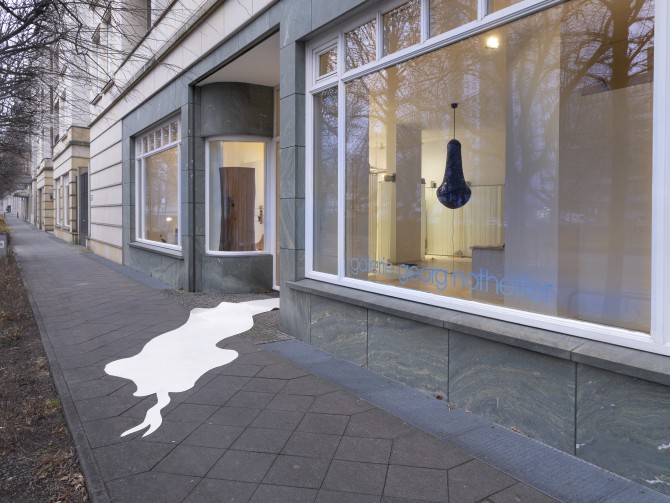
External View Galerie Georg Nothelfer. Photo: Gernot Seeliger
Installation View 4 1/2 rooms. Geerten Verheus, GROSSES GEGENTEIL, 2021, Rubber, steel, neon lamp, 210 x ø 80 cm. Photo: Gernot Seeliger
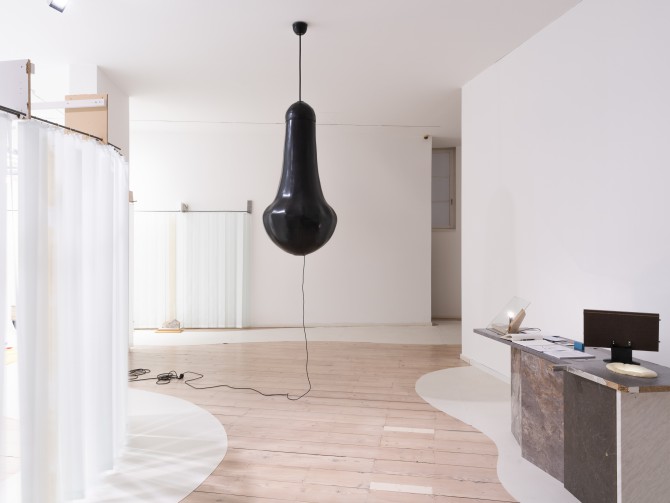
Installation View 4 1/2 rooms. Geerten Verheus, GROSSES GEGENTEIL, 2021, Rubber, steel, neon lamp, 210 x ø 80 cm. Photo: Gernot Seeliger
Installation View 4 1/2 rooms. Pegasus Product, Carola Ernst. Photo: Gernot Seeliger
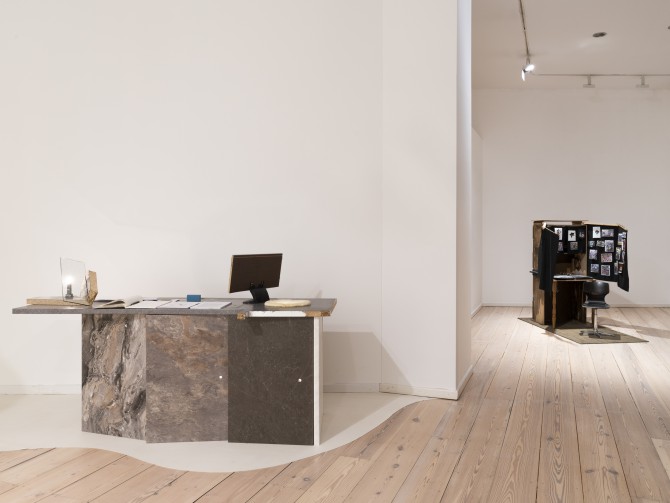
Installation View 4 1/2 rooms. Pegasus Product, Carola Ernst. Photo: Gernot Seeliger
Installation View: Carola Ernst, there was an eye in a bight / that travelled much faster than light
it departed one day in a relative way / and arrived on the previous night, Mixed Media, 2009 ongoing, Closed: 167 x 84 x 40 cm (Dimensions variable), Edition: 3, two plates à 100 x 100 x 4 cm. Photo: Gernot Seeliger
it departed one day in a relative way / and arrived on the previous night, Mixed Media, 2009 ongoing, Closed: 167 x 84 x 40 cm (Dimensions variable), Edition: 3, two plates à 100 x 100 x 4 cm. Photo: Gernot Seeliger
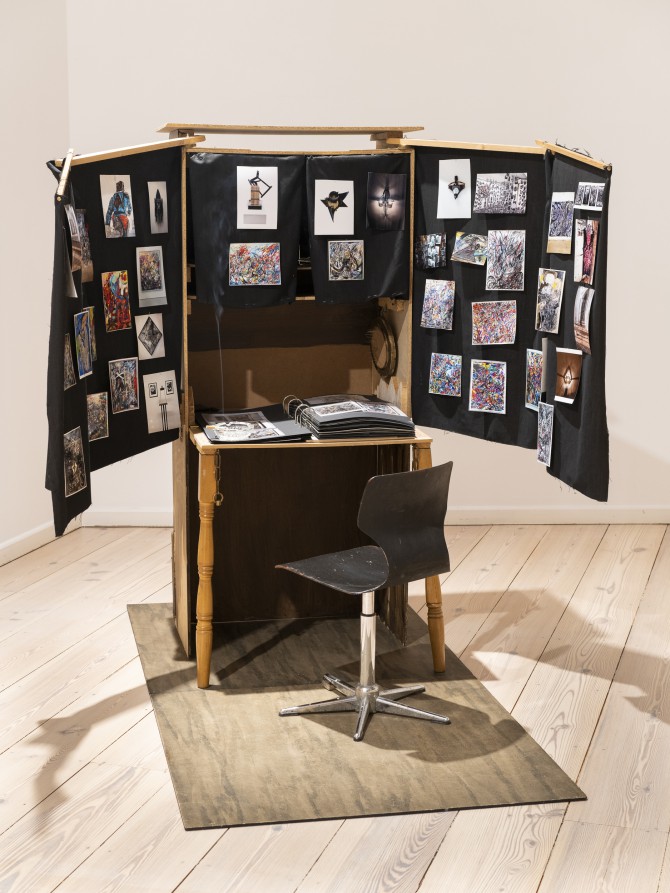
Installation View: Carola Ernst, there was an eye in a bight / that travelled much faster than light
it departed one day in a relative way / and arrived on the previous night, Mixed Media, 2009 ongoing, Closed: 167 x 84 x 40 cm (Dimensions variable), Edition: 3, two plates à 100 x 100 x 4 cm. Photo: Gernot Seeliger
it departed one day in a relative way / and arrived on the previous night, Mixed Media, 2009 ongoing, Closed: 167 x 84 x 40 cm (Dimensions variable), Edition: 3, two plates à 100 x 100 x 4 cm. Photo: Gernot Seeliger
Installation View (Detail) Carola Ernst, 2009 and ongoing. Photo: Gernot Seeliger
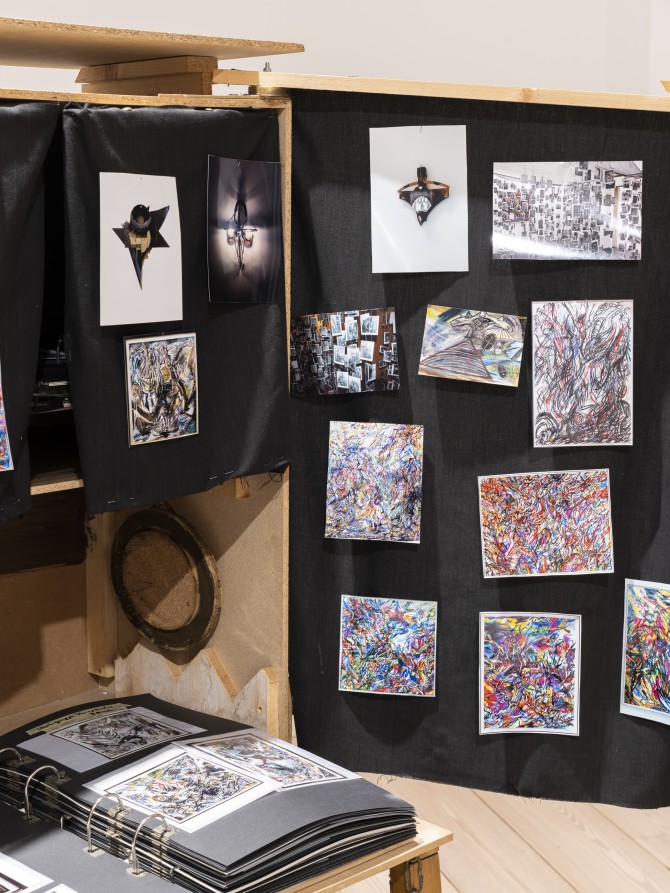
Installation View (Detail) Carola Ernst, 2009 and ongoing. Photo: Gernot Seeliger
Installation View: Pegasus Product, 2021, Taxes and Tantra. (Single pieces on request) Photo: Gernot Seeliger
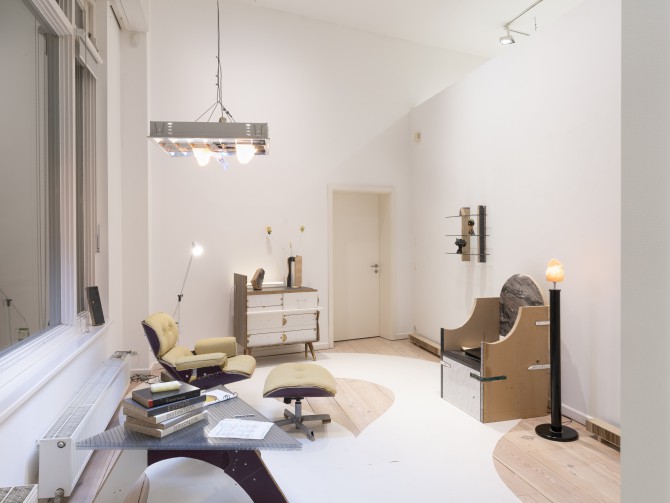
Installation View: Pegasus Product, 2021, Taxes and Tantra. (Single pieces on request) Photo: Gernot Seeliger
Installation View: Pegasus Product, 2021, Taxes and Tantra. (Single pieces on request) Photo: Gernot Seeliger
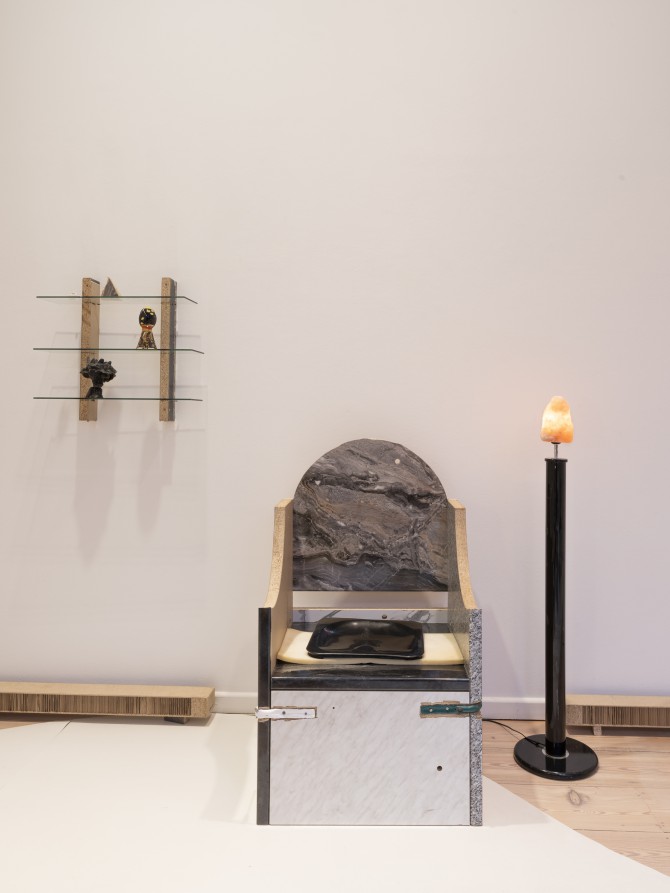
Installation View: Pegasus Product, 2021, Taxes and Tantra. (Single pieces on request) Photo: Gernot Seeliger
Installation View: Pegasus Product, 2021, Taxes and Tantra. (Single pieces on request) Photo: Gernot Seeliger
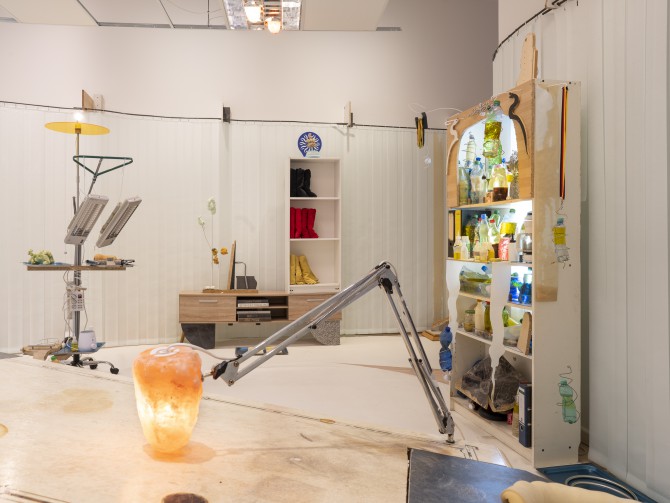
Installation View: Pegasus Product, 2021, Taxes and Tantra. (Single pieces on request) Photo: Gernot Seeliger
Installation View: Pegasus Product, 2021, Taxes and Tantra. (Single pieces on request) Photo: Gernot Seeliger
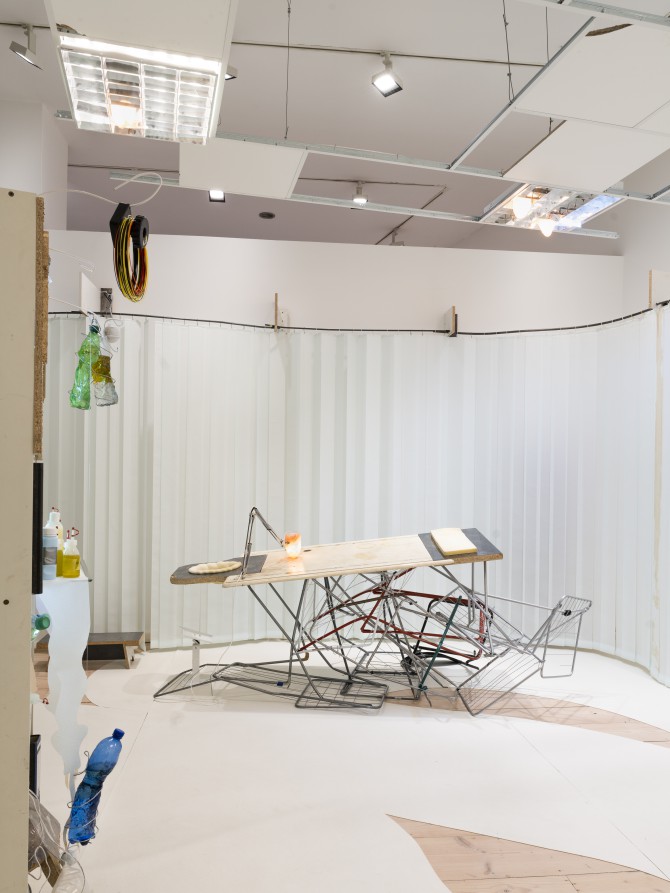
Installation View: Pegasus Product, 2021, Taxes and Tantra. (Single pieces on request) Photo: Gernot Seeliger
Installation View: Pegasus Product, 2021, Taxes and Tantra. (Single pieces on request) Photo: Gernot Seeliger
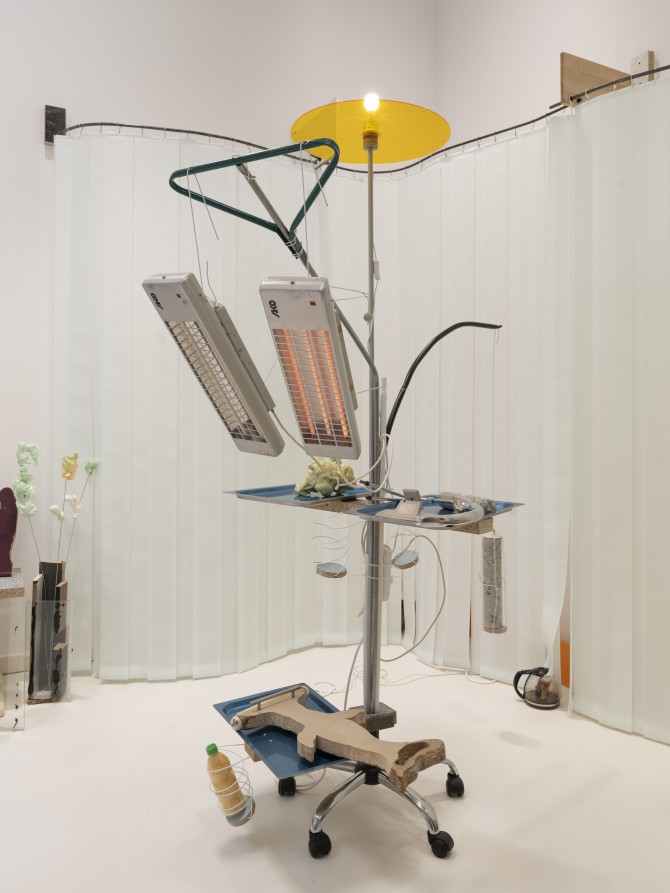
Installation View: Pegasus Product, 2021, Taxes and Tantra. (Single pieces on request) Photo: Gernot Seeliger
Installation View: Pegasus Product, 2021, Taxes and Tantra. (Single pieces on request) Photo: Gernot Seeliger
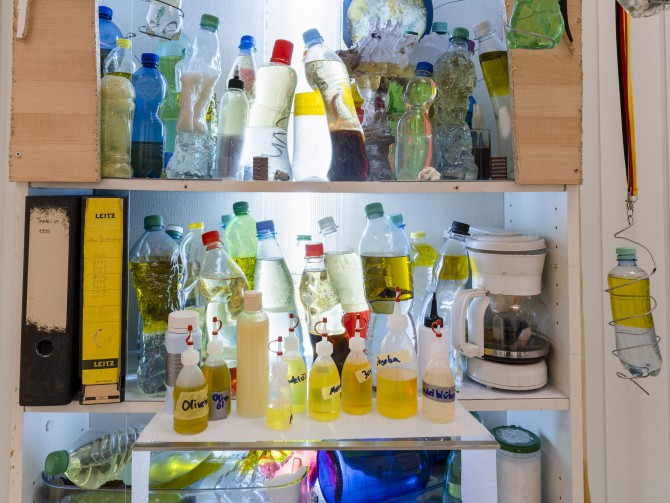
Installation View: Pegasus Product, 2021, Taxes and Tantra. (Single pieces on request) Photo: Gernot Seeliger
Installation View: Jeongmoon Choi, Geerten Verheus. Photo: Gernot Seeliger
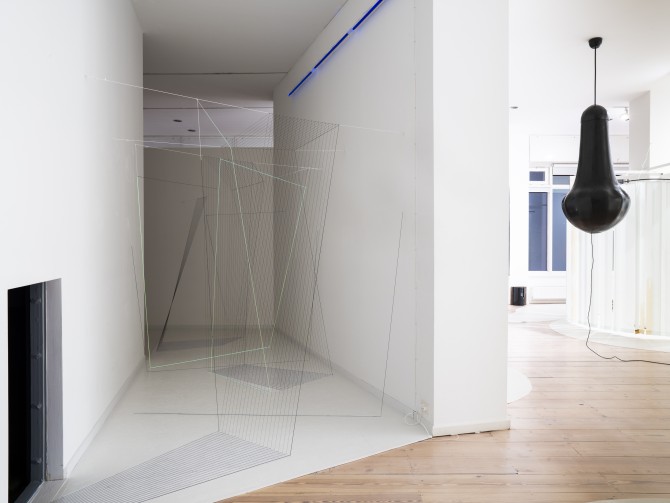
Installation View: Jeongmoon Choi, Geerten Verheus. Photo: Gernot Seeliger
Installation View: Jeongmoon Choi, Drawing in Space - Folding Surface, 2021, Strings, UV light, approx. 8 sqm space (chamber) and approx. 10 sqm (Gallery corridor). Photo: Gernot Seeliger
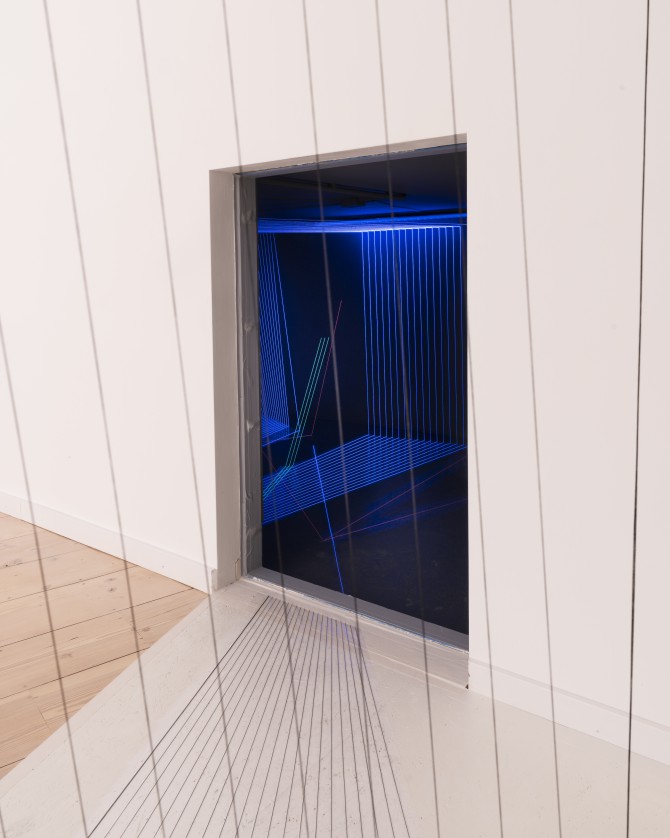
Installation View: Jeongmoon Choi, Drawing in Space - Folding Surface, 2021, Strings, UV light, approx. 8 sqm space (chamber) and approx. 10 sqm (Gallery corridor). Photo: Gernot Seeliger
Installation View: Jeongmoon Choi, 2021.
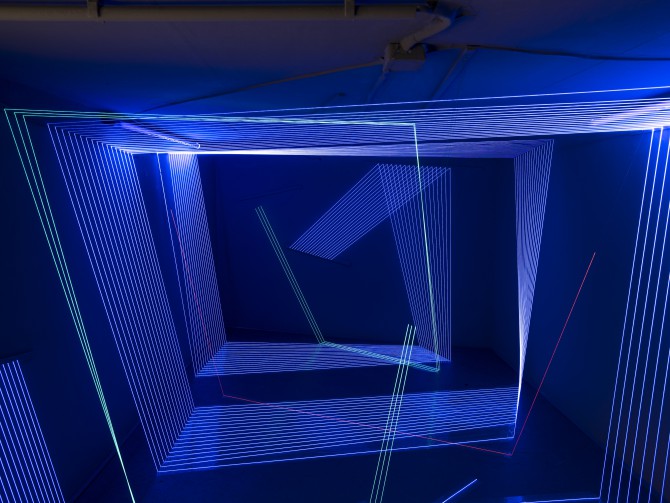
Installation View: Jeongmoon Choi, 2021.
Installation View: Jeongmoon Choi, 2021. Photo: Gernot Seeliger
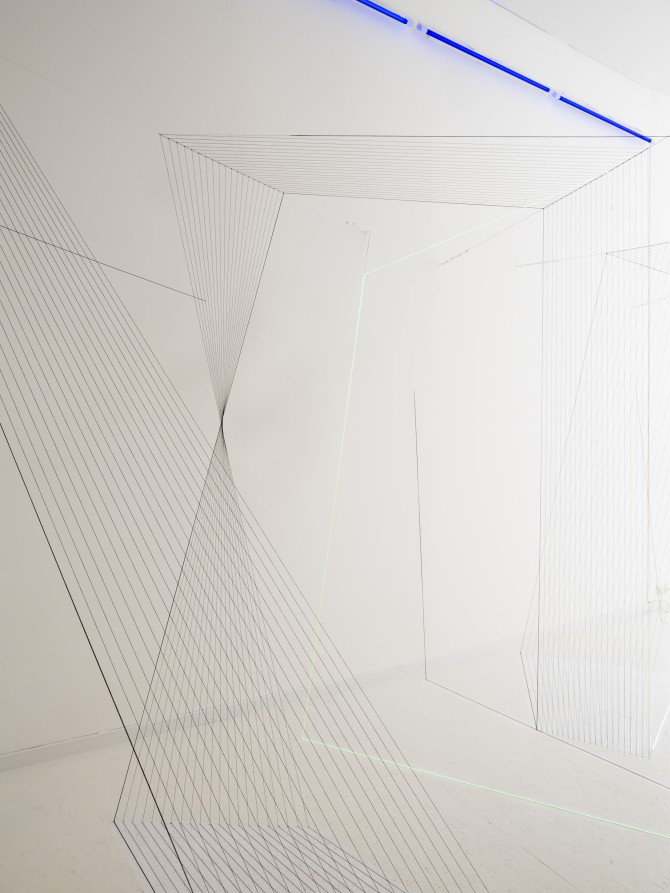
Installation View: Jeongmoon Choi, 2021. Photo: Gernot Seeliger
Installation View: Jeongmoon Choi, 2021. Photo: Gernot Seeliger
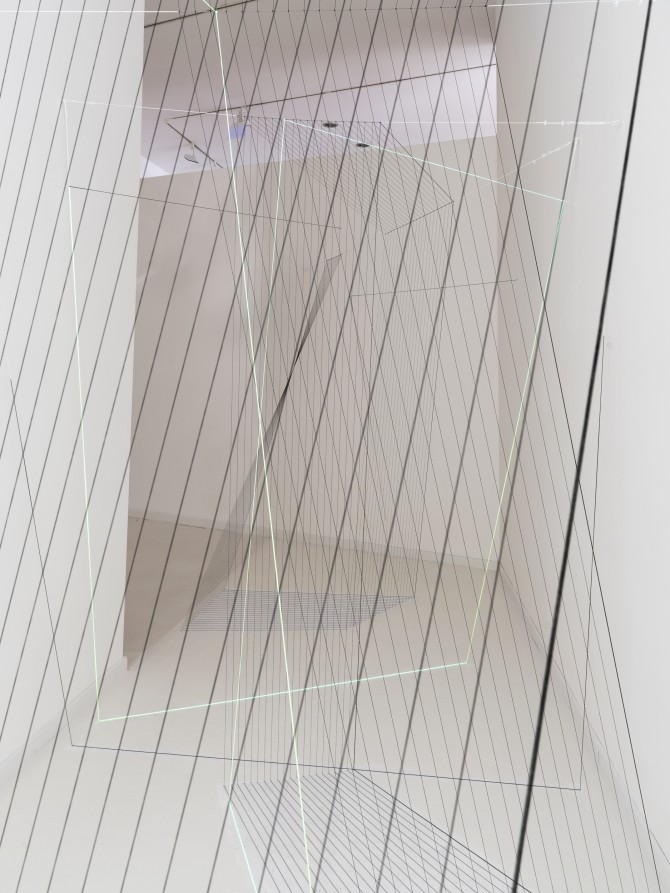
Installation View: Jeongmoon Choi, 2021. Photo: Gernot Seeliger
Installation View: Geerten Verheus, MEDIUM (S) (M) (L) (XL), 1999-2018, PVC Strips, Size variable. Photo: Gernot Seeliger
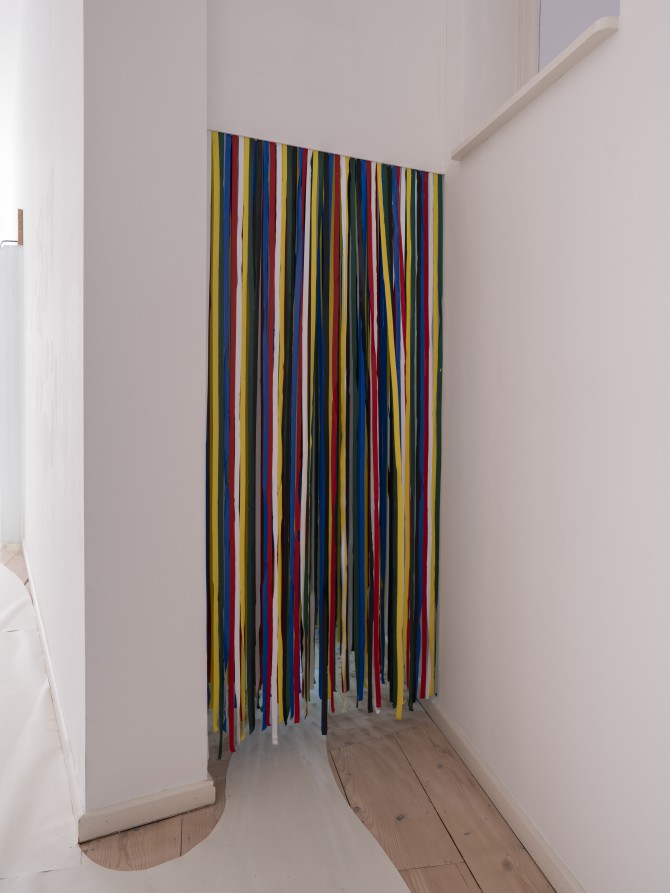
Installation View: Geerten Verheus, MEDIUM (S) (M) (L) (XL), 1999-2018, PVC Strips, Size variable. Photo: Gernot Seeliger
Installation View (Detail): Geerten Verheus, 1999-2018. Photo: Gernot Seeliger
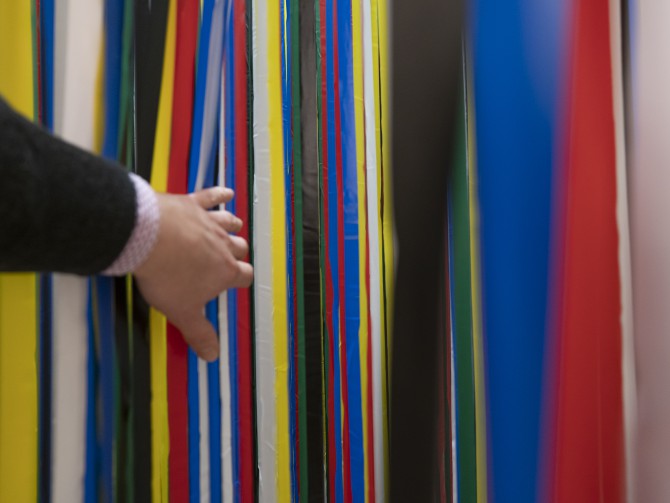
Installation View (Detail): Geerten Verheus, 1999-2018. Photo: Gernot Seeliger
4 ½ rooms
Installations by
Jeongmoon Choi / Carola Ernst / Pegasus Product (Dargelos Kersten,
Anton Peitersen and Gernot Seeliger) / Geerten Verheus
26. November 2021 – 12. Februar 2022
Opening hours:
Thu - Fri 12pm - 7pm, Sat 12pm - 6pm and by appointment
Please note the current Corona rules!
Please note the current Corona rules!
Galerie Georg Nothelfer is pleased to announce four artist positions for experimental large-scale installations.
For the duration of the exhibition, the artist collective Pegasus Product (Dargelos Kersten, Anton Peitersen and Gernot Seeliger) will transform part of the gallery into a massage parlor with a waiting room in front. Under the title Taxes & Tantra (2021), however, visitors can not only get a massage, but also tax advice at the same time, thus combining the beautiful with the useful. To be beautiful and useful is an expectation commonly placed on design objects, on perfectly formed furniture with proper names, original flower vases, or on lamps that not only provide light but are also meant to be an expression of a creative idea. Their functionality distinguishes these objects from the supposed "disinterestedness" of art. However, the fact that the two spheres cannot be separated crystal-clearly was already demonstrated by documenta III in 1964, which devoted a separate section to industrial design. Among the exhibits was the then relatively new lounge chair by Charles and Ray Eames, which has long since become a widely copied design icon. As the "Unbequeames lounge" it can also be found in the waiting room of the massage studio. Like all of Taxes & Tantra's other furnishings, it is assembled from recycled chipboard, metal parts, and other relics of the bourgeois "curated home," in which the processes of exchange between art and design, symbolic and practical value, have been set into lurching motion.
In the opposite room, there is also a piece of furniture with a history: when unfolded, Carola Ernst's box-shaped structure functions both as a secretary and as a cabinet. Photographs of her previous works are fixed to the fabric-covered side wings, and a chair invites us to read the work information provided. As a cabinet, the furniture refers to collecting as a cultural practice and is as mobile as writing furniture was in its early days, when it was taken on trips. The object is also flexible in its content, as the constellations of images can always be reassembled. They identify it as a highly subjective pictorial atlas along the lines of Aby Warburg's, in which motifs from art history and cultural history enter into dialogue with one another across the epochs. The far-reaching title of the work - There was an eye in a bight/ That traveled much faster than light / It departed one day, / In a relative way, / And arrived on the previous night (ongoing since 2009) - reworks a famous limerick by the British natural scientist A.H. Reginald Buller from the 1920s - the decade of the Picture Atlas. The latter humorously alluded to the then still young physics of Albert Einstein and his revolutionary conception of the space-time relationship: Space and time are not absolute quantities, but relative. Instead of Buller's young woman, however, Carola Ernst's eye travels through space and time, from the present to the past, and on its journey establishes new connections between images and works.
Geerten Verheus's 210-cm work GROßES GEGENTEIL (2021), which hangs from the ceiling, resembles a crystal chandelier stretched out in length. Instead of dozens of sparkling glass stones, however, an impenetrable black, bulbous rubber figure swells here into the gallery's central space. Its phallic associative potential is thwarted by the neon lamp that protrudes into its center from below and is swallowed by it. Its electric glow forces its way out of the narrow opening into the room and helps the object, as it were against its will, to fulfill its light-giving function. In Medium (1999-2018), the artist also plays a subversive game with the semantics of commercially available materials and the ways in which everyday objects are used. Its colorful PVC strip curtains otherwise serve as improvised threshold zones between inside and outside, private and public, work and home. Here, however, they refuse to mark such boundaries and access points: rather, in the rearmost gallery space, they take on a life of their own through their room-filling multiplication into a walk-in sculpture whose linear interplay of colors is reminiscent of the striped paintings of Color Field Painting. They virtually invert the immersive effect of the latter into the material reality of physical space, in which the thin PVC strips become an impenetrable labyrinth.
Jeongmoon Choi's spatial installations can also develop a tendency towards disorientation, yet they rely on a phenomenology of the immaterial that refers to virtual spaces and imaginary places. Even though they appear to be pure light architectures, they are based on black light and fluorescent fabric yarn that spans the space in concrete geometric figures, yet in some places ends abruptly and protrudes into the darkness of the room. The artist always orients herself closely to the found architectural situation, so that Drawing in Space - Folding Surface (2021) takes up the floor plan of a low chamber of the gallery space and translates it into a subtly interlaced web of light trails. In this graphic trace of light, which creates an 'immaterial' space in the room, lies an essential difference to the reduced installations with wool and acrylic threads or copper wires in Minimal Art and Neoconcretismo: in Jeongmoon Choi's installations, the real-physical space functions as an anchor point and yet is transgressed, expanded into the imaginary. Her volumetric light figures combine to form walk-in, immersive spatial images that turn one's own physical perception into a surprisingly ambiguous experience.